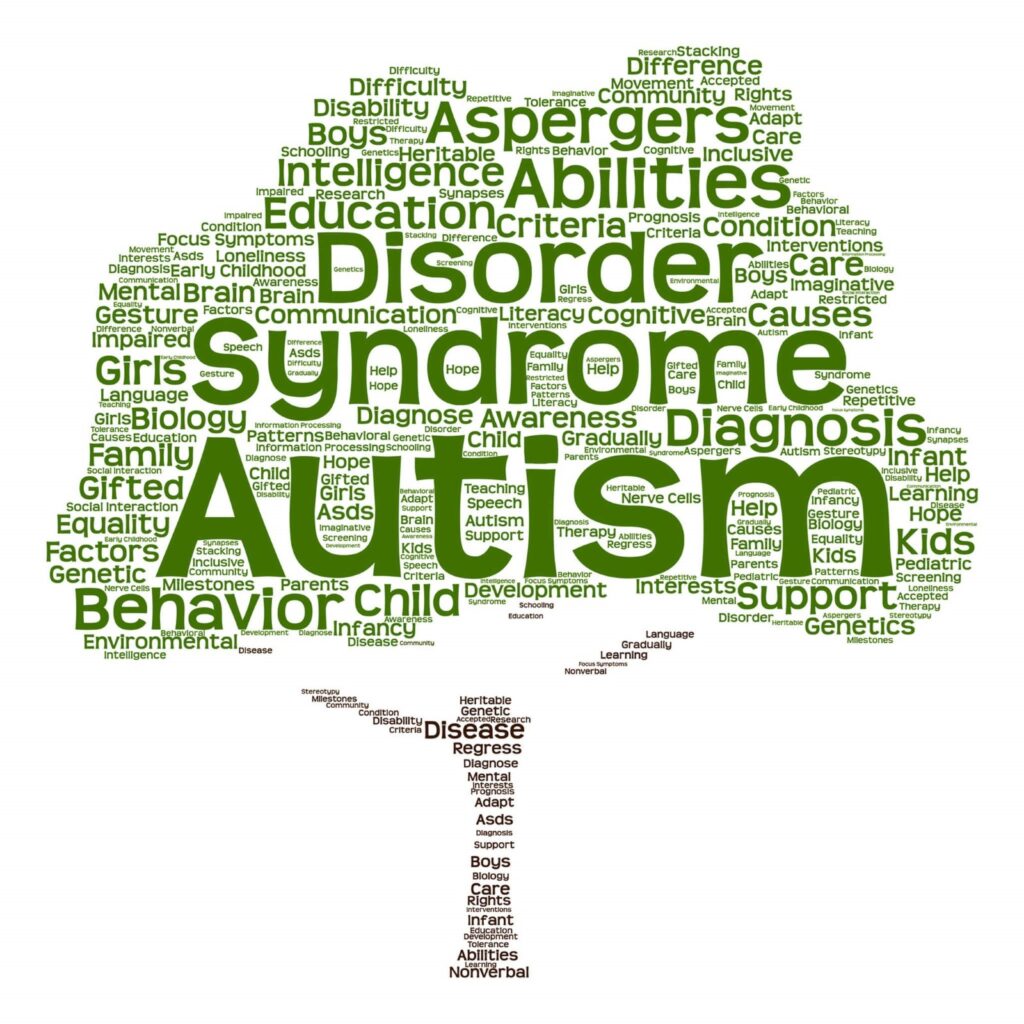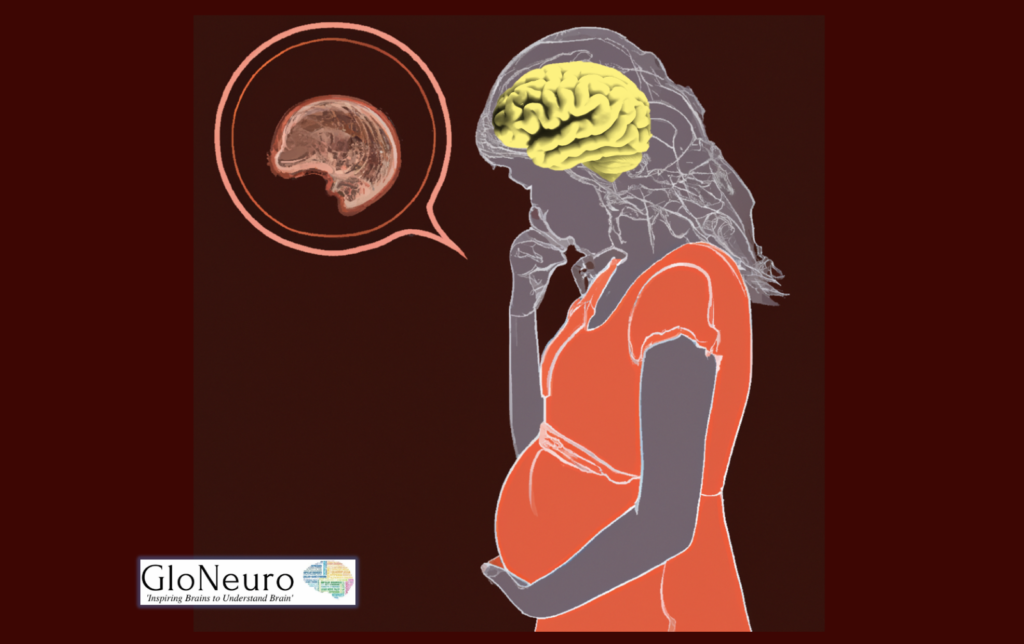Why are some people born with defects in nervous system that controls the functioning of all other systems in the body? The answer to this question lies in the understanding of a class of disorders known as neurodevelopmental disorders. In this segment, we will discuss the meaning of neurodevelopmental disorders, their causes, signs and symptoms, their diagnosis and at last their treatment.
WHAT ARE NEURODEVELOPMENTAL DISORDERS?
Neurodevelopmental disorders are a set of conditions that impact the growth and functioning of the brain and nervous system. These conditions typically manifest in childhood and can impact an individual’s behaviour, communication, socialization, and learning abilities.
Examples of neurodevelopmental disorders include Autism Spectrum Disorder (ASD),
Attention-deficit/hyperactivity Disorder (ADHD), Intellectual Disability, and specific learning disorders like Dyslexia and dyscalculia. Other conditions, such as Cerebral Palsy and Tourette Syndrome, also fall under this category. We will discuss these separately in details.

Each disorder can vary in severity and specific characteristics, and individuals with these conditions may require ongoing support and intervention throughout their lives. Neurodevelopmental disorders can impact a person’s ability to communicate, learn, or engage in social interactions.
CAUSES
Neurodevelopmental disorders are caused by a complex interplay of genetic, environmental, and neurological factors. The exact cause of most neurodevelopmental disorders is not well understood, but researchers have identified several potential causes, including:
- Genetic mutations: In many cases, neurodevelopmental disorders are caused by genetic mutations that disrupt the normal development and functioning of the brain
- Environmental factors: Exposure to toxins, infections, and other environmental factors during fetal development can increase the risk of neurodevelopmental disorders. For example, maternal infections during pregnancy, such as rubella and cytomegalovirus, can lead to intellectual disability, autism spectrum disorder, and other neurodevelopmental disorders.
- Prenatal brain development: Neurodevelopmental disorders can be caused by abnormal brain development during the prenatal period. Structural abnormalities, such as neural tube defects, can lead to conditions such as cerebral palsy and spina bifida.
- Brain injury: Traumatic brain injury, lack of oxygen at birth, and other types of brain injury can disrupt the normal development and functioning of the brain, leading to neurodevelopmental disorders.
- Other medical conditions: Certain medical conditions, such as Down syndrome and Fragile X syndrome, can increase the risk of neurodevelopmental disorders.
It’s important to note that the exact cause of many neurodevelopmental disorders is still not well understood, and the development of these disorders is likely influenced by a complex interplay of genetic and environmental factors. Researchers continue to investigate the underlying causes of neurodevelopmental disorders to develop better strategies for prevention, diagnosis, and treatment.
SIGNS AND SYMPTOMS
The signs and symptoms of neurodevelopmental disorders can vary depending on the specific disorder and the individual affected. However, some general signs and symptoms that may indicate the presence of a neurodevelopmental disorder include:
- Delayed developmental milestones: For example, a child may take longer to sit up, crawl, walk, or talk than other children their age.
- Difficulty with communication: This may include difficulty with speaking, understanding language, or using nonverbal cues such as eye contact and gestures.
- Impaired social skills: Difficulty with social interactions and forming relationships with peers and adults. This may include difficulty initiating and maintaining conversations, making eye contact, and understanding social cues.
- Repetitive behaviours or routines: For example, a child may engage in repetitive movements or insist on performing tasks in a specific way.
- Intellectual disability: This can include difficulties with problem-solving, reasoning, and learning new information.
- Hyperactivity or impulsivity: Difficulty with sitting still, paying attention, or following instructions.
- Sensory processing difficulties: Over- or under-sensitivity to sensory stimuli such as touch, sound, or light.
- Fine or gross motor difficulties: Difficulty with tasks that require coordination, such as writing or playing sports.
- Anxiety or emotional dysregulation: Difficulty with managing emotions or experiencing heightened levels of anxiety or fear.
It’s important to note that many of these symptoms are common and may not necessarily indicate the presence of a neurodevelopmental disorder. However, if you are concerned about your or a loved one’s development or behaviour, it’s important to seek an evaluation from a qualified healthcare provider. Early diagnosis and intervention can significantly improve outcomes for individuals with neurodevelopmental disorders.
DIAGNOSIS
Diagnosis of neurodevelopmental disorders typically involves a comprehensive evaluation by a healthcare professional, such as a pediatrician, psychiatrist, or neurologist, who specializes in assessing and treating these conditions. The process may include:
- Medical history: A detailed medical history of the child’s birth, growth, and development is taken to understand any potential risk factors or underlying medical conditions that may contribute to the symptoms.
- Behavioral observations: The healthcare professional observes the child’s behaviour and social interactions to assess for symptoms of the disorder.
- Developmental screening: The healthcare professional may use standardized screening tools to assess the child’s developmental progress and identify any potential delays or impairments.
- Psychological testing: The healthcare professional may perform psychological tests to evaluate the child’s cognitive abilities, language skills, and other aspects of functioning.
- Parent and teacher interviews: Information from parents and teachers are gathered to gain insight into the child’s behavior and functioning in different settings.
- Physical examination: A physical examination may be conducted to rule out any underlying medical conditions that may be causing the symptoms.
- Diagnostic criteria: The healthcare professional uses the diagnostic criteria outlined in the Diagnostic and Statistical Manual of Mental Disorders (DSM-5) to determine if the child meets the criteria for a specific neurodevelopmental disorder.
Overall, the diagnostic process for neurodevelopmental disorders is complex and may involve multiple healthcare professionals working together to ensure an accurate diagnosis.
TREATMENT
The treatment of neurodevelopmental disorders is often tailored to the individual needs of the person and may involve a combination of therapies, medications, and supportive services. Here are some common treatments:
- Behavioural therapy: Behavioral therapy, such as applied behaviour analysis (ABA), can help children with neurodevelopmental disorders develop new skills, such as communication, socialization, and adaptive living skills.
- Speech and language therapy: Speech and language therapy can help children with language delays or impairments improve their communication skills.
- Occupational therapy: Occupational therapy can help children with neurodevelopmental disorders develop the fine motor skills and coordination necessary for daily living activities.
- Medications: Medications may be prescribed to manage specific symptoms associated with the disorder, such as hyperactivity, aggression, anxiety, or depression.
- Supportive services: Supportive services, such as special education services, vocational training, and community-based support, can help individuals with neurodevelopmental disorders achieve their full potential and live fulfilling lives.
- Parent and family training: Parent and family training can help parents and caregivers learn strategies to manage challenging behaviors and improve communication with their children.
Overall, the treatment of neurodevelopmental disorders is a collaborative effort between healthcare professionals, families, and individuals with the disorder, and may involve multiple therapies and interventions to help individuals reach their full potential.
CONCLUSION
To summarize, neurodevelopmental disorders are a set of conditions that impact the growth of the nervous system, leading to challenges in cognitive, social, and behavioral abilities. They onset during development and persist in adults or remains undiagnosed until adulthood. They arise from either endogenous or exogenous disturbances in the development of the brain mainly during embryonic stages. Although the exact causes are not fully comprehended, studies have suggested that a combination of genetic and environmental factors may be involved. Early identification and intervention are critical to assist those with neurodevelopmental disorders in receiving the assistance they need to succeed. Despite the obstacles associated with these conditions, proper treatment and support can enable individuals to lead satisfying lives. Further research and education are essential to enhance our understanding and treatment options for these intricate disorders.
Author: Tia Syal || Editor: Dr. Shampa Ghosh
Related Articles


